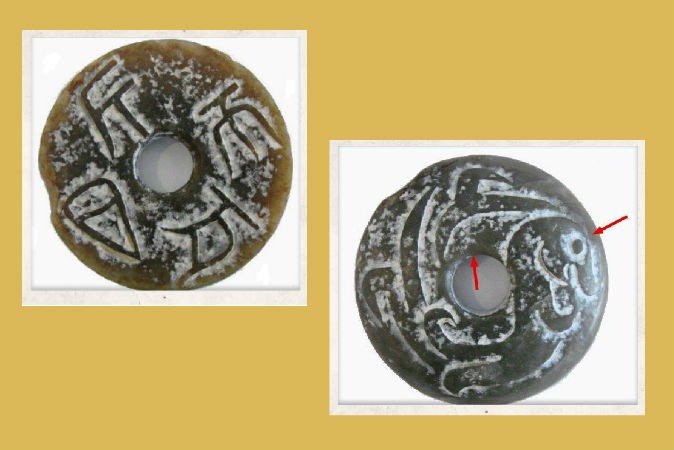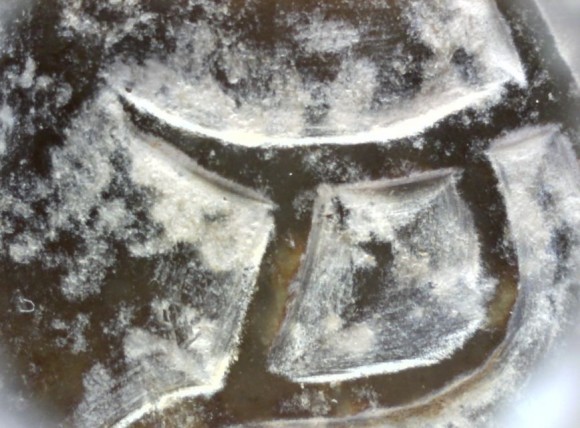
"It was just laying there," said the finder, recalling the moment two years ago when his quest began to understand what the disc is and how it got in his garden. It's been a frustrating, inconclusive quest. With a look on his face of expecting me to have all the answers, he asked, "How do you think it got here?"
As with other such artifacts, which appear to be of ancient Chinese origin found in North America without supporting contextual information, I could only respond that there are multiple possible explanations.
A more informative answer came from the Burke Museum in Washington State. After reviewing a photograph of the artifact, the museum essentially replied that it could not identify the object but that similar objects have been found on the west coast of Mexico. "It should not have been found in your part of the country," the reply stated.
Other responses from universities, art dealers, and museums—also based on reviewing photographs—were inconclusive. They varied from suggestions that it is a 20th century fraud to speculations that it is likely authentic.
The disk is nephrite jade and has a white surface film concentrated around the bas-relief features. One side is darker than the other. The depictions seem to be of a Feng Shui dragon and a partial bird, both playing prominent roles in Chinese mythology. It also includes four script characters.

The earlier versions were simple disks with no ornamentation, but they became increasingly ornate with motifs representing heaven and Earth and deities associated with the cardinal directions. Aside from its religious symbolism, the bi also represented a person's high social status, his high moral character, and it ultimately accompanied its owner in his grave.
Until such time as the artifact is subjected to rigorous examination, it's authenticity remains uncertain. Even if proved authentic, the mystery of how it got there will remain to be solved.
Jon Haskell is a founding member of the Indigenous Peoples Research Foundation. The Foundation was established to protect, preserve, and research unusual artifacts recovered in the United States, particularly those that initially suggest circum-Caribbean and/or Chinese influence.
Indigenous Peoples Research Foundation 2015©



Reader Comments
I read all about those caves too and what was in them. So very interesting! Smithsonian is a real bummer... the caves, the giant skeletons...
[Link]